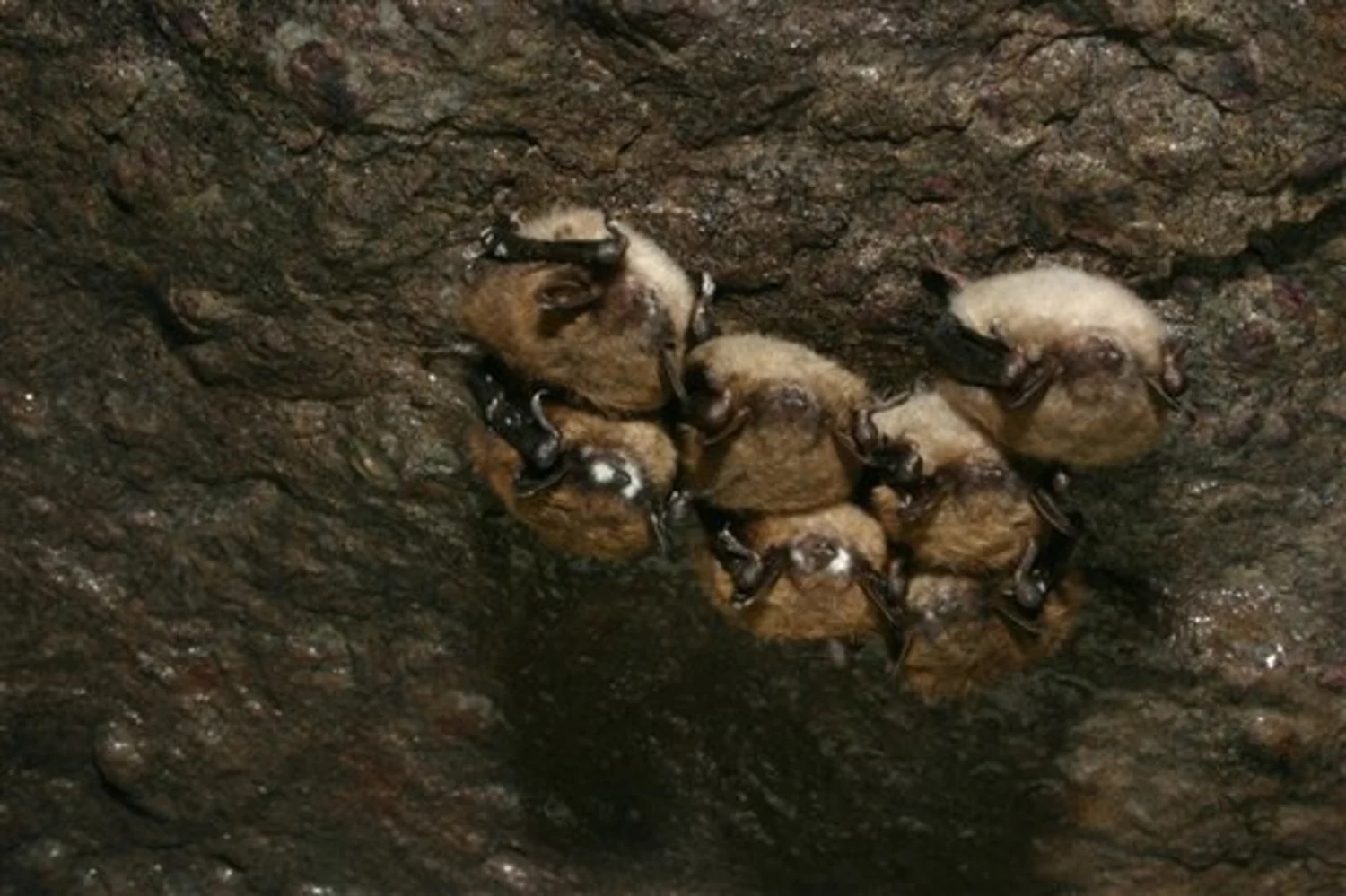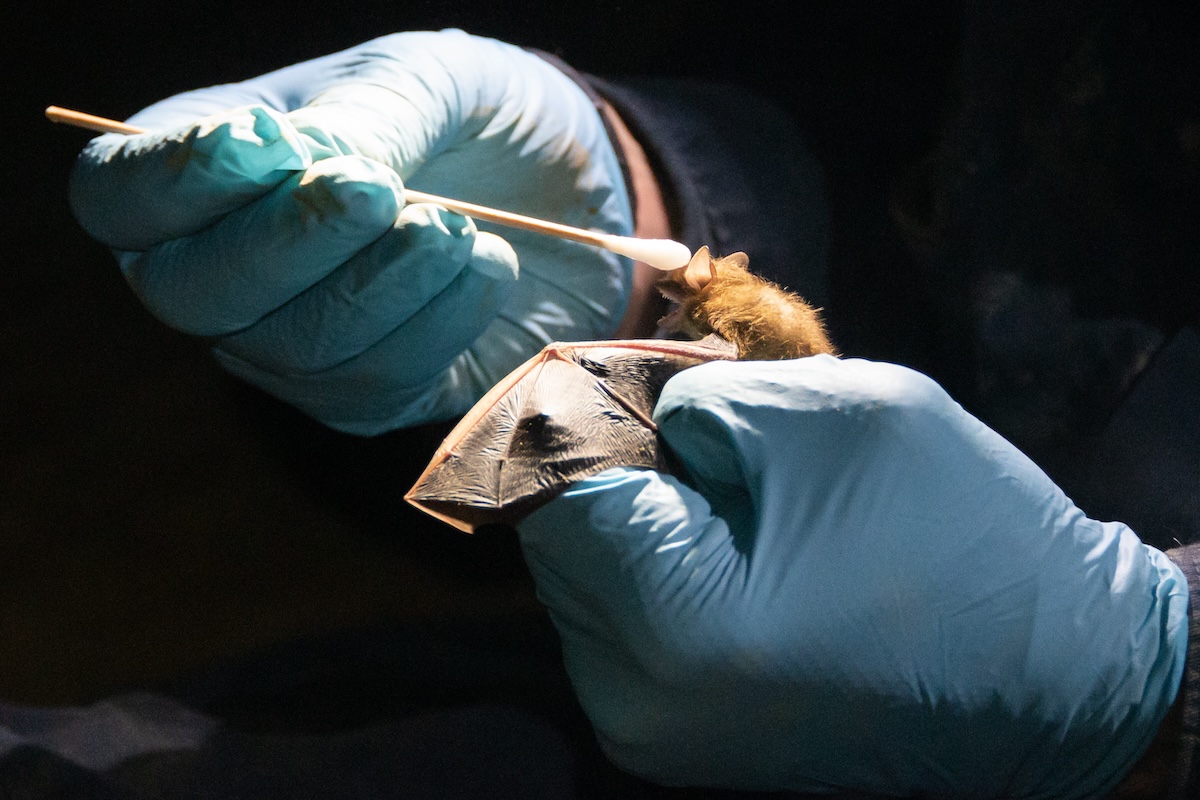In 2006, a deadly fungus began decimating bat colonies across the United States. Now, an environmental economist has linked this loss to the deaths of over 1,300 infants.
A study published on Thursday revealed that after the die-off of bats, farmers significantly increased pesticide use, which correlated with a nearly 8% rise in infant mortality. This unusual research suggests a direct connection between human health and the well-being of bats.
“It’s quite rare to find good, empirical data quantifying the value of a species in this way,” said Charles Taylor, an environmental economist at Harvard Kennedy School who was not involved in the study. “It’s tough to put credible numbers to it.”
The bat crisis began in 2006 when the fungus Pseudogymnoascus destructans was accidentally introduced from Europe. The fungus grows on hibernating bats during winter, covering their noses with white fuzz and can wipe out entire colonies within five years.
Eyal Frank, an assistant professor at the University of Chicago, saw the outbreak of white-nose syndrome as an opportunity to study the ecological and economic value of bats.
Bats consume over 40% of their body weight in insects nightly, many of which are agricultural pests. Frank’s research aimed to assess the consequences of bat disappearances.
In areas affected by white-nose syndrome, farmers compensated by increasing insecticide use by an average of 31.1%. Frank then turned to infant mortality rates, a standard measure of environmental toxin exposure. H
e found that counties affected by the syndrome had an infant mortality rate 7.9% higher than counties with healthy bat populations, amounting to 1,334 additional infant deaths.
Notably, these deaths occurred even though pesticide levels remained within regulatory limits.
Frank investigated other factors such as unemployment, the opioid epidemic, weather patterns, maternal differences, and the rise of genetically modified crops, but none could account for the increase in pesticide use or the spike in infant deaths.

After a year of rigorous testing, the results held firm, offering what Frank called “compelling evidence” that the decline in bat populations led to an increase in pesticides, which negatively impacted infant health.
Taylor noted that studies like this rarely establish causation. “Most papers that link pesticides to outcomes are correlational,” he explained. Factors like farm workers being exposed to multiple risks can muddy the data.
However, white-nose syndrome provided a near-perfect natural experiment: since the disease spread unpredictably and didn’t target specific populations, it allowed for a controlled comparison between affected and unaffected counties. Taylor described this setup as a “randomized controlled trial.”
Frank’s research aligns with a growing body of work highlighting how declines in wildlife populations can have unforeseen human consequences.
In June, Frank co-authored another study estimating that India’s vulture population collapse may have caused 500,000 human deaths, as scavenger birds’ absence allowed rabies and other diseases to spread via rotting meat.
The link between pesticide use and infant mortality also echoes Taylor’s earlier research.
He found that during cicada seasons, when these insects emerge in large numbers every 13 to 17 years, farmers increased pesticide use, and infant mortality rose.
Children born in cicada years also performed worse on academic tests and had higher dropout rates.
David Rosner, a Columbia history professor specializing in environmental toxins, said the study adds to decades of evidence, dating back to the 1960s, about the dangers of pesticides to human health.
“We keep dumping synthetic materials into the environment, without fully understanding their effects,” he said. “It’s not surprising, but it’s shocking that we seem to rediscover the harm they cause every year.”
